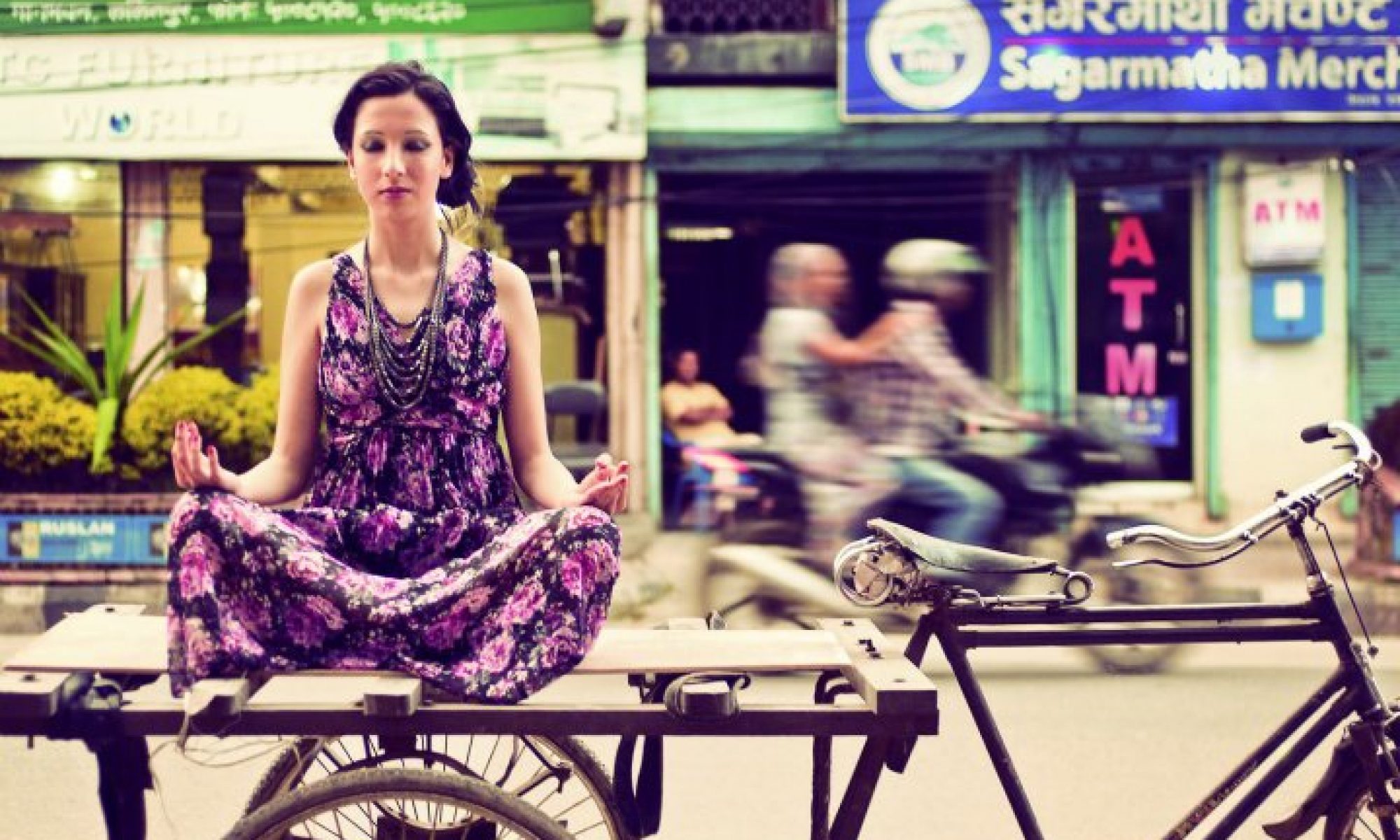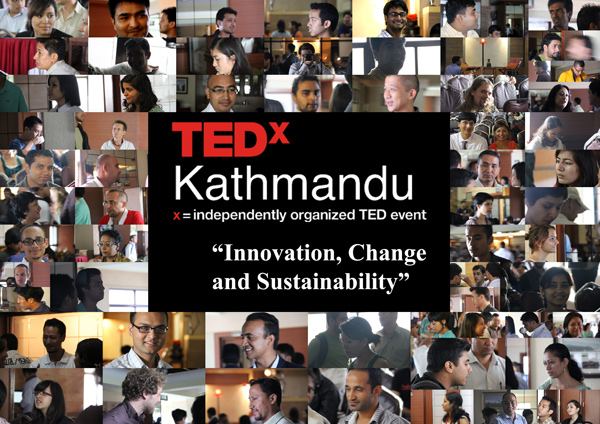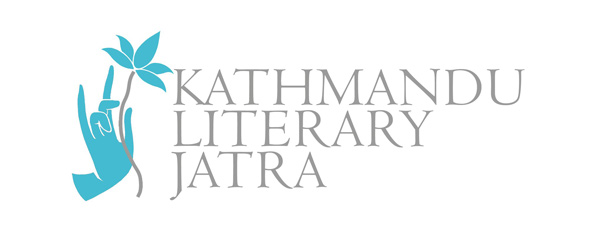Nepal is not poor. It is just poorly managed. And to manage it better, Nepalis are finally getting a unique kind of help that comes in the form of ‘social media’. This time we citizens have a powerful ally, an amplifier. It is neutral, it is free and, in fact, it is inexhaustible and virtually indestructible. With its help Nepalis are uniting each other with resources, knowledge and action so together we can build a more prosperous Nepal.
So what is social media, you may ask? Simply it is the use of Internet based and mobile technologies to turn communication into an interactive dialog on a massive scale. In the old days to communicate with someone you had to go to their very door to get their attention. Now we have reached the point where we communicate from our chair and actually open thousands of doors (virtually) at once! Social media holds thousands of attentions simultaneously. It expands our social circles and can strengthen our real life relationships at a much faster scale.
I believe social media may find ways for us Nepalis to finally help unite our citizenry to emerge out of this current state of chaos and into prosperity. Just over a decade ago there were no mobile phones in Nepal. Now, more than one in three carries one. Six years ago, there were no Facebook users in Nepal. Today, there are nearly twelve Lakh Facebook users inside Nepal. In the next decade, each Nepali will not only be browsing the Internet but they will be doing so through their mobile phones. We will chat, write, talk, and organise events right from our palm of our hands!
A girl in Humla will answer within seconds a maths question posed by another girl in a village in Ilam. How? From this inter-connectivity. An old farmer in Janakpur will access the weather forecast and receive advice from a Facebook group on how to negotiate seeds for a bargain price with a seed bank in China. The seeds will be parceled to his village within a day or two and he would have never met those people who helped make it possible.
With social media tools like Facebook and Twitter, what you say can be seen, heard, and amplified to anyone around the world. That is a potential audience of millions of people. Your ideas can never be cut off from the rest of mankind. Even government services which now take months to contact and receive a response, will be within reach through your mobile. You will be able to track what progress your public officials are making on making your passports or how they are responding to your complaint about poor health service in your local hospital. You can check your local politician’s history and recheck whether they kept their promise or lied, when elections come around. All information will be online; facts and history will be within your reach and shared with many within seconds.
As with such great power comes a great responsibility. I believe we should harness this power so that Nepalis help Nepalis. Already social media is helping us do that.
Did you see photos of Jamuna, a malnourished child in Rukum recently? People created Facebook groups to support her, contributing hundreds of thousands of rupees. She is now on her way to recovery.
A group of friends started the Shanti school project to raise millions and built schools and libraries in Nepali villages. They remain connected to their donors on Facebook. Social media is helping unite us to help those less fortunate than us.
Maggie Doyne, an American working with orphans in Surkhet, manages to get on YouTube and share a video which immediately touches thousands of hearts. She raised enough funds to unite Nepali orphans together to give them a better future.
A Nepali youth, Sagar Prasain recently started building teams through Facebook to make audio books for the visually impaired.
A youth group, Paschim Paila, is launching a petition online for all to pledge for an epidemic free Nepal. Many of you may remember two years back when many hundreds died from a simple and preventable epidemic in western Nepal. This group wants to ensure it does not happen again.
A remote health clinic in Accham called Nyaaya, share their stories on facebook to notify well wishers and donors living seven continents away of the progress, big or small, they are making each week. Aren’t they uniting the less fortunate Nepalis towards a healthier future?
The unorganised here in Nepal are finally organising into platforms, thanks to social media. If you are tired of Bandhs, join an anti-Bandh Facebook group. Same goes for entrepreneurs, consumer rights protection groups, even bike modification groups. Overwhelmingly, Nepalis are working together for a positive change. Nowadays, previously disinterested ‘Facebook’ youths are gathering in huge numbers through social media to talk about holding politicians accountable, and being responsible citizens themselves.
Here are two campaigns that I am involved in that harness the power of social media. First is a citizen’s movement called ‘Nepal Unites’. Second is a blog called ‘Whynepal.com’. They are two of many examples of how social media and activism together has a potential to create positive changes.
परिवरà¥à¤¤à¤¨à¤à¤¾ लाà¤à¤¿ हामॠनà¥à¤ªà¤¾à¤²à¥ à¤à¤ popularly known as ‘Nepal unites’, is a citizen’s movement working to unite Nepalis for a positive change. As citizens start becoming responsible ourselves, Nepal Unites believes we can also hold our leaders accountable to their actions. Only through this balance of citizen’s responsibility and leader’s accountability, will Nepal become prosperous.
100 days ago this movement didn’t exist. Today it has over 15,000 members who believe in the cause. It uses YouTube videos (viewed more than 70,000 times) to both disseminate information and inspire people with updates of positive events that are happening in Nepal. This is accessed by people in all corners of the world. As the product of a group of citizens who decided to take action rather than complain, it provides a platform for opportunities not yet used and for Nepali citizens who were previously disinterested to become involved.
Today 1200 youths leave every day to work abroad. 7000 women are trafficked to brothels in India every year. We were once prosperous. We built palaces like Patan Durbar Square long before countries like the United States were born. But how did we end up in such a situation where we now have to take aid from them to renovate these monuments?
The answer is simply we Nepalis now have become extremely divided. We no longer trust each other. That is why we Nepalis have to work together to make our leaders accountable. One of the campaigns of Nepal Unites is to get Nepal’s leaders to show their accountability by making our constitution on time. The campaign simultaneously rallies all citizens to unite responsibly and positively to help the leaders actually achieve this.
Nepal Unites is a forum for Nepalis to lead initiatives themselves. Here, anyone can share their ideas, learn from others, organise events, collectively find better solutions to social problems and rally around each other. By this, Nepal Unites hopes to achieve a just society where responsible citizens walk hand in hand with accountable leaders. To start on your own journey to unite Nepalis, try interacting in their website: facebook.com/nepalunites
Another way to spread knowledge and your cause is through internet blogs. Here is another example of my blog whynepal.com which carries a simple yet powerful vision, ‘Nepal doesn’t need to change. We do.’ My intention here is to provoke Nepalis to:
Act instead of talk
To listen instead of chat
To do instead of complain
Started in September 2007, it is a collection of my experiences, ideas and questions plus other inspiring stories of successful Nepali citizens. I use these to provoke readers into going on their own road to becoming an inspiration themselves. This blog originally started as a way to document my experiences in opening an IT business, but the entrepreneurial content soon evolved into a broader conceptualisation of leadership and management. This then evolved into more thought provoking ideas on change, progress and how to manage conflicts in Nepal. I use social media technologies, like Twitter, Facebook, WordPress, youtube and Google to spread my messages across. And the cool part is all these articles here are free for anyone to use anywhere! Knowledge is meant for sharing. The more one shares, the more one gains. I believe in this.
Whynepal.com provokes each reader into becoming a doer and to inspire leaders to be bold enough to take initiative. It is a style of communication that spreads through social media – as soon as an article is published, thousands will know about it, read it, digest it and then chose to share with another thousands of others. It also provides examples of how we can use social media to jump start citizen activism by thinking out of the box.
I hope you will also start using social media to form networks, platforms, groups to further the cause you are interested in. The world can be your close ally. In the end, remember Nepal doesn’t need to change. We do.






